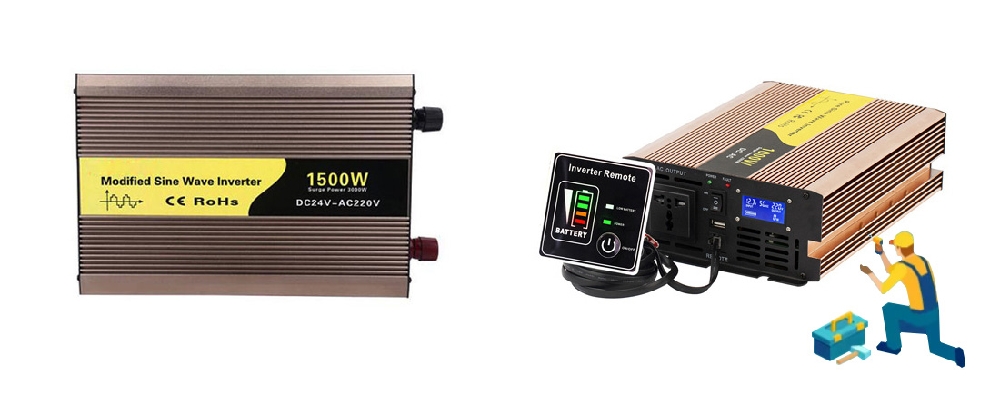If you're living in a remote place where you have only Direct current for power, a power inverter is a necessity. The same applies if you're going camping on an RV or have only the SUV for power. Power inverters or digital inverters are extraordinarily efficient when it comes to using batteries as a bigger power source. They will help you turn the DC from your car battery into AC and let you charge your devices, run a laptop or so.
A power inverter is a device that converts DC (direct current) power into AC (alternating current) power, allowing you to use electronic devices and appliances that require AC power when you only have access to DC power, such as from a battery or solar panel.
However, if you end up getting a faulty power inverter, and have no other option but to repair it yourself, this article is for you. I'll talk about everything you should know about power inverters, what they are, and how they work. Once you know how your inverter works, you'll get through the processes you should follow to repair it as well. Stay with the process and get your inverter repaired all by yourself.

- Check the power source. Ensure that the power source, such as the battery or solar panel, is providing sufficient voltage and current. Use a multimeter to measure the voltage at the input terminals of the inverter. If the voltage is too low, recharge or replace the battery, or check the solar panel connections.
- Inspect the cables and connections. Make sure all cables and connections are secure and free from damage. Loose or corroded connections can cause power loss or interruptions. Tighten any loose connections and clean any corrosion using a wire brush or sandpaper.
- Check the fuses. Power inverters typically have fuses to protect against overcurrent. If the inverter is not turning on or providing power, check the fuses. Replace any blown fuses with the appropriate rating and type. Refer to the inverter's manual for the location of the fuses.
- Test the inverter without a load. Disconnect any devices or appliances from the inverter and turn it on. Use a multimeter to measure the AC voltage at the inverter's output terminals. If the voltage is not present or significantly lower than the rated output, there may be an internal fault in the inverter.
- Check for overheating. Overheating can cause power inverters to shut down or perform poorly. Ensure that the inverter has adequate ventilation and is not placed in direct sunlight or near other heat sources. Clean any dust or debris from the cooling vents and ensure that the fan, if present, is functioning properly.
- Reset the inverter. Some power inverters have a reset button or switch. If your inverter has one, turn it off, wait a few seconds, and then turn it back on. This can help reset the internal circuitry and resolve minor issues.
- Consult the manual. If the above steps do not resolve the problem, refer to the inverter's manual or manufacturer for troubleshooting tips specific to your model. They may have additional steps or specific instructions for common issues.
- Seek professional help. If you have followed the troubleshooting steps and the inverter still does not work, it may require professional repair. Contact the manufacturer or a certified technician who specializes in power inverter repairs.
A power inverter is indeed a great tool to have as it can help you run devices with DC even if they run with AC. Remember to exercise caution and follow safety guidelines when working with electrical equipment. Always disconnect the power source before inspecting or working on the inverter. If you're unsure or uncomfortable with any steps, it's best to seek professional assistance.
